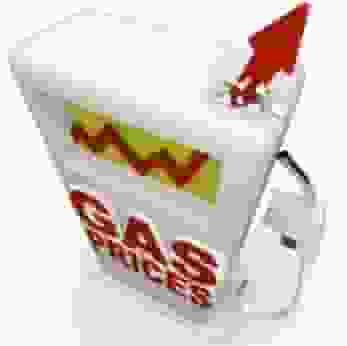Weeks after the Fed announced a possible hike in interest rates in August, the central bank may have found rising gasoline prices as a new engine for slowing consumer spending and helping the U.S. economy in its endeavor to fight inflation.

Fed Sees Rising Gasoline Prices As An Engine To Fight Inflation. (Photo: TheVWindependent)
Rising Gasoline Prices’ Data
According to data, rising gasoline prices were reportedly steady in August inciting a hike in costs for both consumers and producers of goods. This circumstance was considered a blessing in disguise for policymakers as rising gasoline prices from negative supply shocks, according to the Fed, has a small pass-through to the core index while weighing on spending. Data from the Fed, which study centralized on core inflation, stated that core consumer prices rose 4.3% over last year, which is a cut from the 4.7% yearly increase reported in July.
READ ALSO: Highest Decline In The Rate Of Inflation Since 2021 Reduce Prices for Gas, Groceries
Rising Gasoline Prices’ Implications
In the report, rising gasoline prices were linked with the increase in other goods and services which curve the core inflation rate. For example, the production cuts in Saudi Arabia and Russia prompted the WTI crude oil price to rise from $68 per barrel in June to $90 on Thursday. This implies that rising gasoline prices from a supply shock, and the impact on items included in the core inflation calculation were not entirely severe. As per the Fed, the rising gasoline prices must be maintained at a certain point in time to see a durable effect on the core prices. It was believed that rising gasoline prices ignite weaker goods spending.
READ ALSO: Decline in the Rate of Inflation In June— See In Which States Rates Decreased Much!




![Tyson Foods Plant [Photo: Food Manufacturing]](https://southarkansassun.com/wp-content/uploads/2023/08/iStock_1185520857__1_.5e441daa51cca-600x337.jpg)








![Silverado Senior Living Management Inc. [Photo: Los Angeles Times]](https://southarkansassun.com/wp-content/uploads/2023/10/download-6-4-600x337.jpg)

![China's Wuhan Institute of Virology [Photo: Nature]](https://southarkansassun.com/wp-content/uploads/2023/09/d41586-021-01529-3_19239608-600x337.jpg)















